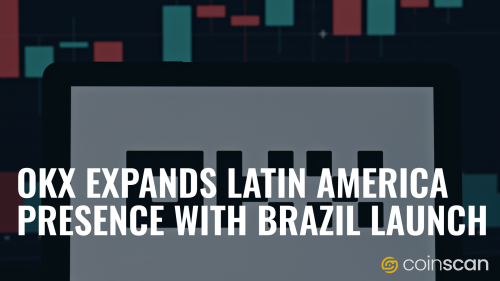Runes Protocol Boosts Bitcoin Miners, But Are High Fees Hurting Adoption?
Sentiment Status: Neutral

The recent debut of the Runes protocol has taken the Bitcoin network to unprecedented levels, with daily transaction fees reaching a staggering $80 million, according to insights from a prominent crypto analytics firm. This surge in transaction fees is a fourfold increase over the previous all-time high.
The Catalyst: Runes Protocol
Developed by Casey Rodarmor, the notable creator behind the Ordinals invention, the Runes protocol is designed to enhance the efficiency of creating fungible tokens on the Bitcoin network. The impact of its launch was immediate and significant, influencing both the volume and value of transactions across the network.
On April 20th, the average transaction fee on Bitcoin skyrocketed to an unprecedented $128 per transaction, surpassing the previous peak fees and some other not so welcome consequences such as increased network congestion.
Miners' Windfall
The timing of the Runes launch, closely following Bitcoin's latest halving event on April 19th, played a crucial role. Halving events, known for reducing the block reward for miners by 50%, typically put financial pressure on miners. However, the introduction of Runes defied this expectation. Within just 24 hours post-halving, while the mining rewards for miners halved, transaction fees surged by an astounding 1,200%. This anomaly allowed miners to earn over $100 million in a single day, more than compensating for the reduced block reward.
Market Dynamics and Investor Sentiment
The surge in transaction fees and the consequential increase in miners' revenue are reshaping perceptions of Bitcoin's economic model. While high fees can deter casual transactions, they underscore the network's growing utility and demand for more complex operations like those enabled by the Runes protocol.
This has led to mixed reactions within the community. Some users see the high fees as a barrier, potentially slowing down Bitcoin's adoption as a daily transactional currency. Others, however, view this as a maturation of the network, where higher fees equate to enhanced security and validation for more complex transactions.
Long-Term Implications
The launch of Runes and the resultant fee increase come at a time when Bitcoin's available supply is tightening. With the current halving cycle reducing the available supply, even stable demand could drive prices up due to increased scarcity. Market watchers also note significant movements by large-scale investors, or 'whales,' who seem to be positioning themselves strategically amidst these changes.
A Double-Edged Sword
The introduction of the Runes protocol and the subsequent spike in transaction fees represent a double-edged sword for Bitcoin. On one hand, it highlights the network's robustness and the high value placed on its blockchain real estate. On the other, it poses challenges in terms of accessibility and cost for average users. As the landscape adjusts to these dynamics, the crypto community remains vigilant, watching how these developments will influence Bitcoin's path forward.
About the Author
Ex-crypto miner and crypto enthusiast since 2019.


